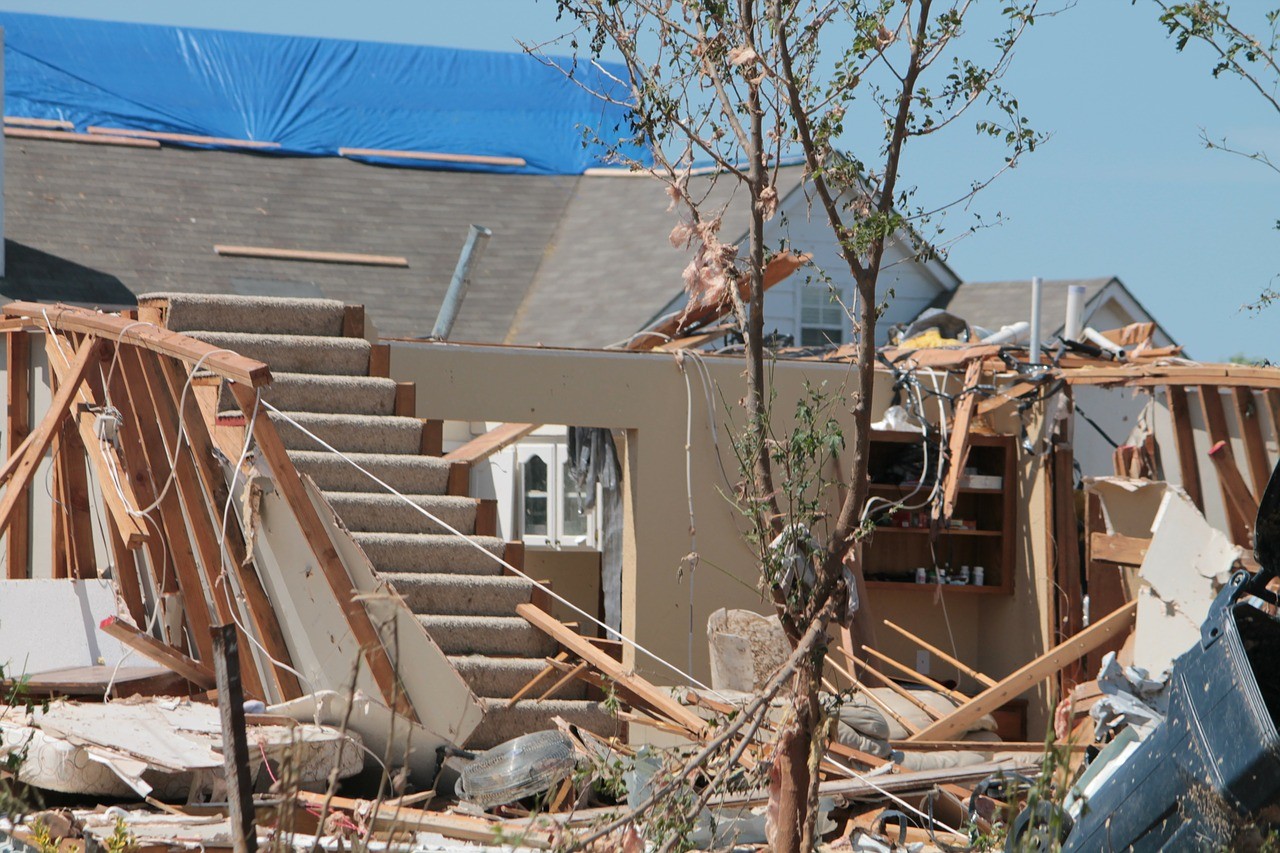Preparing for the Unexpected: A Homeowner’s Guide to Safeguarding their Property Against Mother Nature’s Fury

As the world grapples with increasingly unpredictable weather patterns, it has become more crucial than ever to take proactive steps in protecting our homes and vehicles from the devastating impact of natural disasters. Be it a raging hurricane, a blinding tornado, or a ravaging wildfire, the consequences of these disasters can be far-reaching and often irreparable. In this article, we will delve into some practical tips and insightful advice on how to safeguard your prized possessions and ensure that you’re always prepared for any calamity that may come your way.
Securing Your Home
The roof over your head is indeed your most prized possession. A house is not just a shelter from the elements but also an emotional sanctuary where you and your loved ones reside. It’s only natural that you’d want to shield it from any impending harm. Here are a few simple yet highly effective measures you can take to safeguard your home against natural disasters:
- Trim the trees: Ensuring that the trees surrounding your home are well-maintained and pruned is essential in preventing any potential hazards. Reduce branches that could snap and hit your roof, walls, or even electrical lines.
- Unclog gutters and downspouts: Clearing leaves and debris from your home’s drainage system will prevent water from accumulating and possibly seeping into the walls and foundation.
- Safety-proof doors and windows: Installing storm-resistant shutters and reinforcing doors with impact-resistant materials will go a long way in shielding your home from severe winds.
- Elevate valuables: Keeping essential items such as electrical appliances and irreplaceable family heirlooms away from potential flood zones will save them from damage.
Shielding Your Vehicle
Cars are our trusted companions and are often second only to our homes in terms of importance. They deserve as much attention and care, particularly when facing a disaster. Here are some pragmatic tips to help protect your prized vehicle:
- Move your vehicle to higher ground: If you live in a prone-to-flooding area, relocating your vehicle to a higher elevation or a designated car park will keep it safe.
- Park safely: Choose a parking spot with ample support, such as inside a covered car park, or even better, your home’s garage.
- Use protective covers: In case your vehicle must stay outdoors, employ covers made of reinforced materials that can shield against debris and debris-borne projectiles.
- Prep emergency kits: Keep necessary car supplies like jacks, lug wrenches, and even a spare tire on standby in case you’re forced to evacuate quickly.
Electrical Safety Precautions
Your home is only as safe as the electrical system that runs throughout it. A myriad of electrical lines running outside your house exposes them to potential hazards. Be prepared to prevent electrical fires and shock with these precautions:
- Turn off utilities: If ordered to do so by the authorities, disconnect your electricity supply to avoid exposure to the greater risk of electrical shock or even electrocution.
- Don’t overcharge: Unplug charging devices and unplug electronics during a storm as an added safety measure.
- Test your circuit breakers: Ensure circuit breakers or fuse boxes can control sudden power surges during extreme weather.
- Always inspect post-disaster electrical components: Consider hiring a certified and experienced electrician to inspect your home’s electrical components and determine if any immediate measures are necessary.
Plan an Evacuation Route
As the old adage goes, ‘if you fail to plan, you’re planning to fail.’ With this in mind, make sure you are well-prepared and designate evacuation zones for you, your family, and even your pets in the unlikely event of an emergency:
- Maintain a practice approach: In order to protect your home and vehicles during extreme situations, hold and discuss the details of your escape plan among family members. Practice it frequently to avoid panic and delays.




